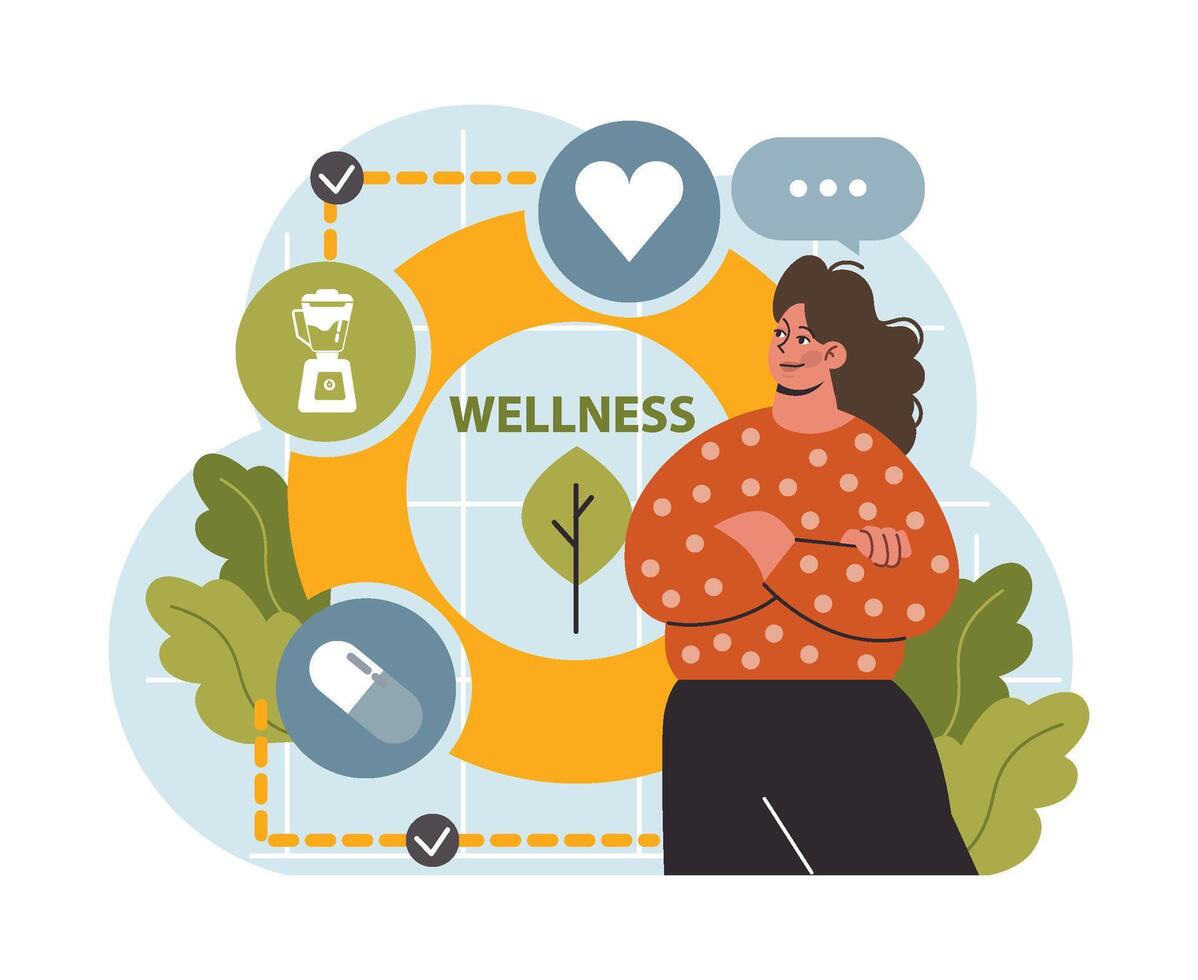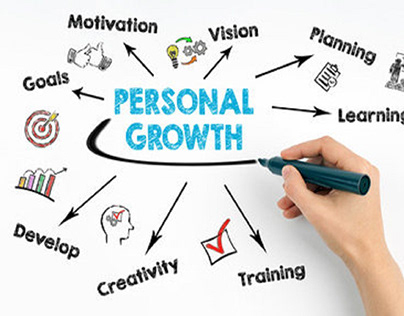Many people think moving faster means getting more done or having more success. But actually, slowing down often helps people gain more clarity, focus, and satisfaction in life. Slowing down allows people to appreciate what they have and make better decisions, which leads to having more overall.
When life slows, distractions fade and priorities become clearer. This simple change can improve relationships, work quality, and personal well-being. Taking time to pause gives people the chance to recharge and connect with what truly matters.
Adopting a slower pace is not about doing less, but about doing things with intention. By shifting their mindset, people find they get better results and feel richer in experiences.
Key Takeaways
- Slowing down helps people focus on what matters most.
- A slower pace improves decision-making and satisfaction.
- Changing how one approaches time leads to better results.
Understanding the Concept of Slowing Down
Slowing down is about paying attention to the present moment and changing the pace of life. It involves rethinking common ideas about success and learning from how past societies approached time.
The Value of Mindful Living
Mindful living means focusing fully on what is happening right now. It helps people notice small details and feel calmer. When someone slows down, they reduce stress and improve their mental health.
Mindfulness encourages deeper connections with others. Instead of rushing through tasks, people who slow down spend quality time with family and friends. This strengthens relationships and adds meaning to everyday life.
Slowing Down Versus Productivity Myths
Many believe that working faster always means getting more done. This is not always true. Moving too quickly can cause mistakes and reduce the quality of work.
Slowing down can actually make people more productive. It allows for better planning and clear thinking. By focusing on one task at a time, the work is often done more carefully and efficiently.
Historical Perspectives on Pace of Life
In the past, many cultures lived at a slower pace. People worked with natural cycles, like daylight and seasons, rather than rushing to meet tight schedules.
Ancient societies valued rest and community time. These breaks helped maintain balance and prevent burnout. Understanding this can show how modern life might benefit from a slower rhythm.
Why Slowing Down Leads to Having More
Slowing down helps people gain important benefits. It allows time to think clearly, make better choices, and create space for new ideas and growth. These actions together often result in having more success, joy, and fulfillment.
Creating Space for Reflection
When people slow down, they create mental room to look back and understand their experiences. This reflection helps them learn from mistakes and recognize what truly matters.
Taking quiet moments away from busyness lets individuals assess their goals and values. It prevents rushing into actions that may not align with what they want.
By making time for reflection, people become more aware of patterns in their lives. This awareness helps them avoid repeated errors and find better paths forward.
Slowing down is like pressing pause, which gives the mind a chance to catch up and process what has happened. This clear space supports growth and improvement over time.
Enhancing Mental Clarity
Slowing down reduces mental clutter. When a person hurries, thoughts pile up, creating confusion and stress. Moving slower helps clear the mind.
Clear mental space helps improve focus. Tasks get done more effectively when the brain is not overwhelmed by distractions or noise.
Slowing down also improves memory and problem-solving skills. It allows the mind to organize information better and connect ideas in meaningful ways.
This clarity helps individuals make sense of complex situations. They are less likely to feel overwhelmed and more able to respond calmly and wisely to challenges.
Fostering Intentional Decision-Making
Slower pacing encourages people to think carefully before acting. It shifts them from reacting quickly to making well-planned choices.
Taking time to consider options leads to decisions that align more with long-term goals. This prevents impulsive mistakes and wasted effort.
Intentional decisions often bring better results because they reflect true priorities. Slowing down allows weighing pros and cons and imagining possible outcomes.
People who decide intentionally can better control their time, money, and energy. This control increases their chances of success and satisfaction in various areas of life.
Benefits of a Slower Pace
Taking things slower helps people feel better physically and mentally. It also makes daily experiences more rewarding. Slowing down can unlock new ideas and improve problem-solving.
Improved Well-Being
Slowing down reduces stress and gives the body a chance to rest. When a person moves at a slower pace, their heart rate and blood pressure often lower, which supports long-term health. This can also help reduce anxiety and improve sleep quality.
Fewer rushed tasks mean less chance of mistakes. It allows people to focus on one thing at a time, which feels less overwhelming. Taking breaks and moving slowly aids digestion and reduces fatigue during the day.
Increased Satisfaction
When life moves slower, people notice more details around them. This awareness helps them find joy in small moments, like a walk outside or a good meal. Feeling satisfied often comes from appreciating what is already there.
Slowing down also builds stronger relationships. Spending quality time without distractions leads to deeper connections. People tend to enjoy their work and hobbies more when they don’t rush through them.
Greater Creativity
A slower pace gives the brain room to think and explore ideas. Without constant pressure, creativity can grow naturally. Pausing to reflect helps solve problems better and find unique solutions.
Time away from busy schedules allows new thoughts to surface. Many artists, writers, and inventors work best when not in a hurry. Slow thinking often leads to better and more original work.
Practical Strategies for Slowing Down
Slowing down requires concrete actions that focus on what matters most, calming the mind, and protecting time. These steps help avoid distractions and create space for thoughtful decisions.
Prioritizing Important Tasks
She can start by listing all tasks and ranking them by urgency and impact. This clarity helps identify what truly needs attention now versus what can wait.
One useful method is to separate tasks into three groups:
- Must do today
- Can schedule later
- Can delegate or drop
Focusing on important tasks reduces feeling overwhelmed. It also avoids wasting time on less meaningful activities.
Incorporating Mindfulness Practices
Mindfulness means paying full attention to the present moment. Daily routines like deep breathing or short meditation sessions can improve focus and reduce stress.
Simple steps include:
- Taking 5-minute breaks to breathe deeply
- Noticing sensations while eating or walking
- Turning off devices for some quiet time
These practices help slow down racing thoughts and increase awareness of what is happening right now.
Setting Healthy Boundaries
Setting limits protects time and energy. She might say no to extra commitments or limit social media use.
Clear boundaries could look like:
| Boundary Type | Example |
|---|---|
| Work | No emails after 6 PM |
| Social | One night out a week |
| Digital | No phone during meals |
Boundaries reduce stress and create more time to focus on important goals.
Shifting Mindset for Lasting Change
Changing how someone thinks about time and success is key to slowing down and gaining more in life. It means recognizing outside pressures and learning to be patient and fully engaged in the moment.
Overcoming Cultural Pressures
Many cultures value speed, constant work, and doing more as signs of success. These ideas can make people feel rushed and stressed. To slow down, someone must question these pressures and realize that always moving fast doesn’t lead to happiness.
It helps to identify specific messages that push a person to hurry. For example, ads saying “buy now” or social media showing nonstop activity can create a false need to act quickly. By noticing these, one can choose to ignore or limit them.
Slowing down also involves setting realistic goals that focus on quality over quantity. Instead of aiming to do many things fast, the focus shifts to meaningful activities, which leads to a better balance and more satisfaction.
Building Patience and Presence
Patience means waiting without frustration and understanding that good things often take time. It’s a skill that anyone can develop with practice. One way is to set daily moments for quiet reflection, like short breaks or mindful breathing.
Being present means fully paying attention to what is happening now. This can be practiced by turning off distractions and focusing on small tasks or conversations. Doing this regularly builds a habit of presence, which reduces stress and improves relationships.
Together, patience and presence allow someone to notice and enjoy more details in life. This makes people feel like they have more time and more value in what they do each day.
Long-Term Impacts of Embracing Slow Living
Slowing down helps improve how people connect with others and build trust. It also supports steady, lasting achievements instead of quick and stressful results.
Enhanced Relationships
Taking time to slow down lets people be more present when engaging with family, friends, and coworkers. This presence builds stronger connections because they listen better and show more care.
Slowing down reduces misunderstandings and rush-related mistakes in communication. It leads to deeper conversations and creates trust over time.
Also, people who live slowly often feel less stress, making them more patient and kind in their relationships. This adds to healthier and long-lasting bonds that grow stronger each day.
Sustainable Success
Moving slower helps with thinking clearly and making better choices. People avoid burnout because they manage their energy and focus well, rather than pushing too hard all the time.
Slow living encourages steady progress over quick wins. This approach helps build skills and habits that last, creating a stable path toward goals.
Focusing on quality rather than speed means work and projects tend to be better done. This results in success that can be maintained without harmful stress or shortcuts.
Measuring the Results of Slowing Down
To see if slowing down works, people need to track changes in their life. This might include less stress, better focus, or more time for important tasks. These signs show that slowing down can lead to having more, not less.
One way to measure results is by keeping a simple journal. Writing down daily activities and feelings helps to notice patterns. Over time, it becomes clear which habits bring real benefits.
Another method is to set clear goals before slowing down. For example, someone might aim to improve work quality or spend more time with family. Checking progress against these goals can show how much slowing down helps.
Here is a basic list to track after slowing down:
- Quality of work or output
- Time spent with loved ones
- Amount of stress or anxiety
- Level of focus during tasks
- Overall satisfaction with life
Graphing these factors weekly or monthly can provide a visual picture. This helps to spot progress or where adjustments are needed.
Slowing down is not about doing less but doing things more mindfully. Measuring results lets people see the true value of slowing their pace.
Common Challenges and How to Address Them
Slowing down can feel difficult because of pressure to stay busy. Many people worry they will miss out or fall behind. This fear can stop them from taking a break.
To handle this, it helps to set clear priorities. They should ask, What matters most? Focusing on fewer tasks helps reduce stress and improves results.
Another challenge is feeling guilty for not doing more. Society often values constant activity and speed. This guilt can make slowing down uncomfortable.
To fight guilt, it is useful to remember that rest boosts productivity. Taking time to slow down can lead to better work and more enjoyment.
Distractions and technology also make slowing down harder. Phones and social media pull attention away. It can be hard to stay present.
One solution is to create quiet times with no devices. Scheduling breaks without screens helps people focus and recharge.
| Challenge | How to Address It |
|---|---|
| Fear of falling behind | Set clear priorities; focus on key tasks |
| Guilt about resting | Remember rest improves work and health |
| Distractions | Use device-free time to stay present |
Conclusion
Slowing down allows people to focus on what truly matters. It helps them appreciate moments and relationships more deeply.
By taking time to pause, individuals can make better choices. This often leads to more satisfaction and less stress in life.
People who slow down tend to manage their resources better. They avoid rushing into decisions and wasting energy.
Benefits of slowing down:
- Clearer thinking
- Stronger connections
- Improved well-being
Slowing down is not about doing less but about doing things with intention. It encourages a balanced approach to work and rest.
In the end, having more comes from valuing quality over quantity. Slowing down helps create space for that kind of abundance.





